20 Euros Prop Money Available Here
Are you a filmmaker, photographer or artist looking to add some realism to your production? Or perhaps you’re planning an event and want to make it extra special with some eye-catching decorations. Whatever the reason may be, prop money is the answer! And if you’re specifically in need of 20 Euros Prop Money, look no further because we’ve got you covered. In this blog post, we’ll tell you everything there is to know about prop money including its uses, where to get it from and even how to make it yourself. So buckle up and let’s dive into the world of counterfeit currency!
Euros Prop Money Available Here
Looking for Euros Prop Money to add some realism to your production or event? You’ve come to the right place! Our prop money is made from high-quality materials that look and feel just like real currency.
But what exactly is prop money? It’s a type of fake currency that’s commonly used in film, photography and theater productions as well as events such as parties and weddings. Prop money can also be used for pranks, social media posts or even as a unique gift.
Our 20 Euros Prop Money is an excellent choice if you’re looking for something specific or if you want to mix it up with other denominations. It’s perfect for scenes set in Europe or just adding some variety to your collection of prop cash.
We take pride in our attention to detail when creating our prop money. Each bill has been carefully crafted to match the design, texture and weight of real euros, making them practically indistinguishable from genuine notes.
So why wait? Order your 20 Euros Prop Money today and take your production or event to the next level!
How to Use Prop Money
Prop money can be used for a variety of purposes, including film and television productions, photo shoots, music videos, and theater performances. However, it’s important to use prop money responsibly and ethically.
Firstly, if you’re using prop money on set or in a public space, make sure that everyone involved is aware that the money is fake. This will prevent any misunderstandings or false accusations of theft.
When handling prop money during filming or photography sessions, avoid throwing it around carelessly as this could damage the bills or create unnecessary noise on set. Instead, handle the props gently with clean hands to maintain their realistic appearance.
It’s also essential to keep track of how much prop money you’re using throughout production. This will help ensure consistency in scenes where multiple takes are needed.
Remember that counterfeiting real currency is illegal and unethical. Always use prop money for its intended purpose only – as a visual aid in entertainment productions – and never attempt to pass it off as genuine currency in any situation.
What is Prop Money?
Prop money is the term used to describe fake currency that’s designed to look like real money. The key difference between prop money and actual currency is that prop money is not legal tender, meaning it cannot be used as a legitimate form of payment.
Prop money is typically made from materials such as paper or plastic and printed with high-quality graphics that mimic the design of authentic banknotes. It’s commonly used in film, television, and photography productions where a realistic-looking stack of cash is needed for specific scenes.
One popular use for prop money in movies and TV shows involves using it as part of heist or robbery scenes. The fake bills are often shown being stolen, exchanged, or counted out during these dramatic moments.
Additionally, some people create their own prop money for personal projects or events such as photo shoots or themed parties. In these cases, the designer can customize the appearance of their fake currency to fit whatever creative concept they have in mind.
While prop money may look like real cash at first glance, it serves a unique purpose within entertainment media and artistic endeavors alike.
Where to Get Prop Money
If you are looking for prop money, there are several places where you can get it. One option is to look online for websites that specialize in selling realistic-looking prop money. These sites often offer a variety of currencies including Euros.
Another option is to check with your local party or costume store. Many stores carry fake money as part of their novelty items and party supplies.
You could also consider reaching out to a production company or film studio that specializes in creating movies or TV shows that involve scenes with cash transactions. They may have access to realistic-looking prop money and be willing to sell or rent it out.
If all else fails, you can always make your own prop money using high-quality paper and a printer. There are many tutorials available online that show how to create convincing counterfeit bills.
Regardless of where you get your prop money from, it’s important to ensure that you use it responsibly and legally within the context intended. With some research and creativity, finding 20 Euro prop money should not be too difficult!
How to Make Prop Money
Making prop money can be a fun and creative activity, but it’s important to note that using counterfeit currency is illegal. So, if you’re making prop money for movies, plays or photo shoots make sure they are clearly marked as “prop” and not meant to deceive anyone.
Firstly, start with finding high-quality images of the currency you want to replicate. Make sure the images are clear and sharp so that your final product looks realistic.
Next, print out the images onto paper or cardstock. Make sure you use high-quality printers so that your prop money looks authentic. Then cut out each bill carefully along the edges.
To give your bills a more realistic look , use a fine-tipped marker or pen to add in details such as serial numbers and watermarks. Remember that different denominations have different colors too!
Consider adding some texture by crumpling up your bills slightly before using them on set or in photoshoots. This will help create an even more authentic look for your props.
Making prop money can be a fun DIY project when done responsibly!
Conclusion
Prop money is a great tool for filmmakers and photographers who want to add realistic elements to their productions. With its resemblance to real currency and attention to detail, it can help create an authentic atmosphere that captivates audiences.
Whether you choose to purchase or make your own prop money, it’s important to use it responsibly and legally. Never attempt to pass off prop money as real currency, as doing so could have serious legal consequences.
By following the guidelines outlined in this article, you can safely and effectively incorporate 20 Euros prop money into your next project. So why not give it a try today? Your audience will thank you for the added realism!
| Select Quantity | 200 (€20 )Bills, 500 (€20 )Bills, 1000 (€20)Bills, 5000 (€20 )Bills, 10000 (€20 )Bills |
|---|


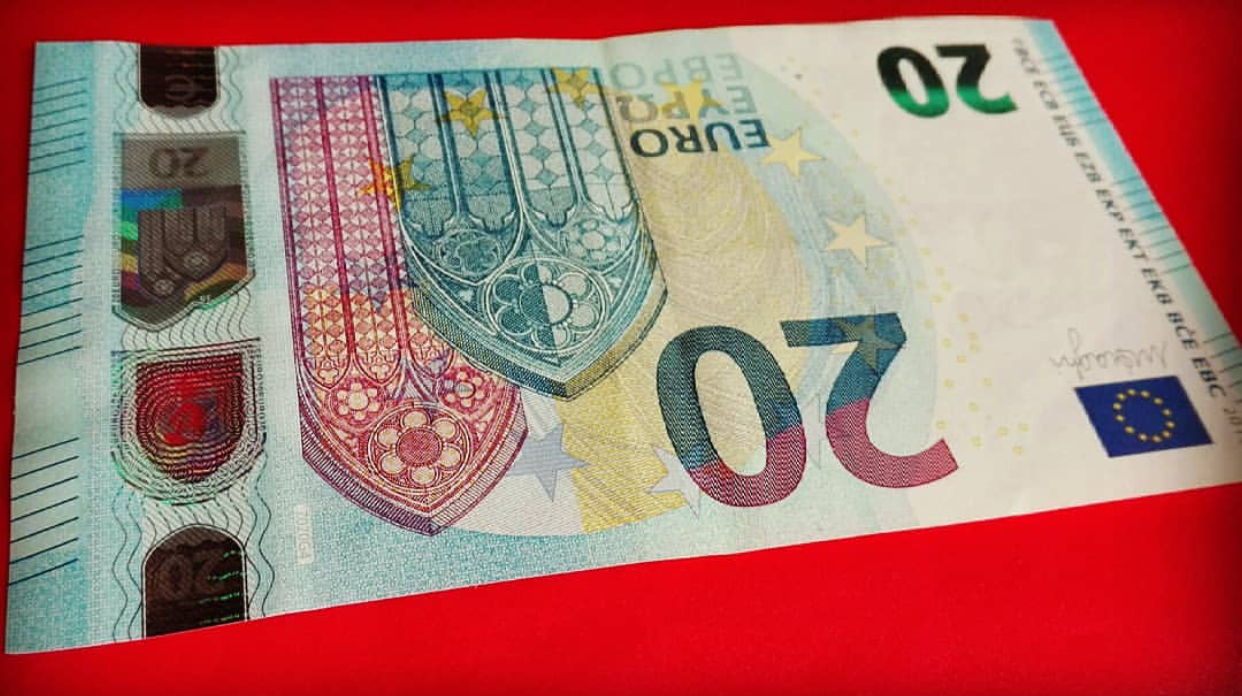
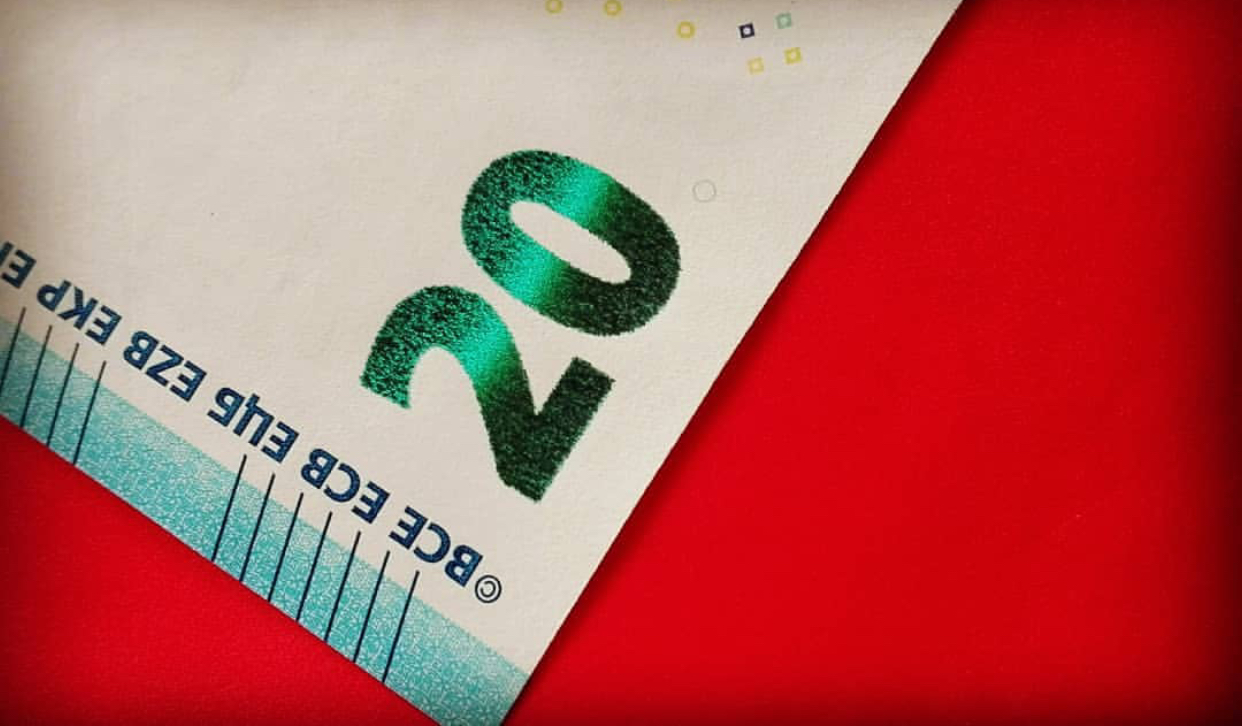
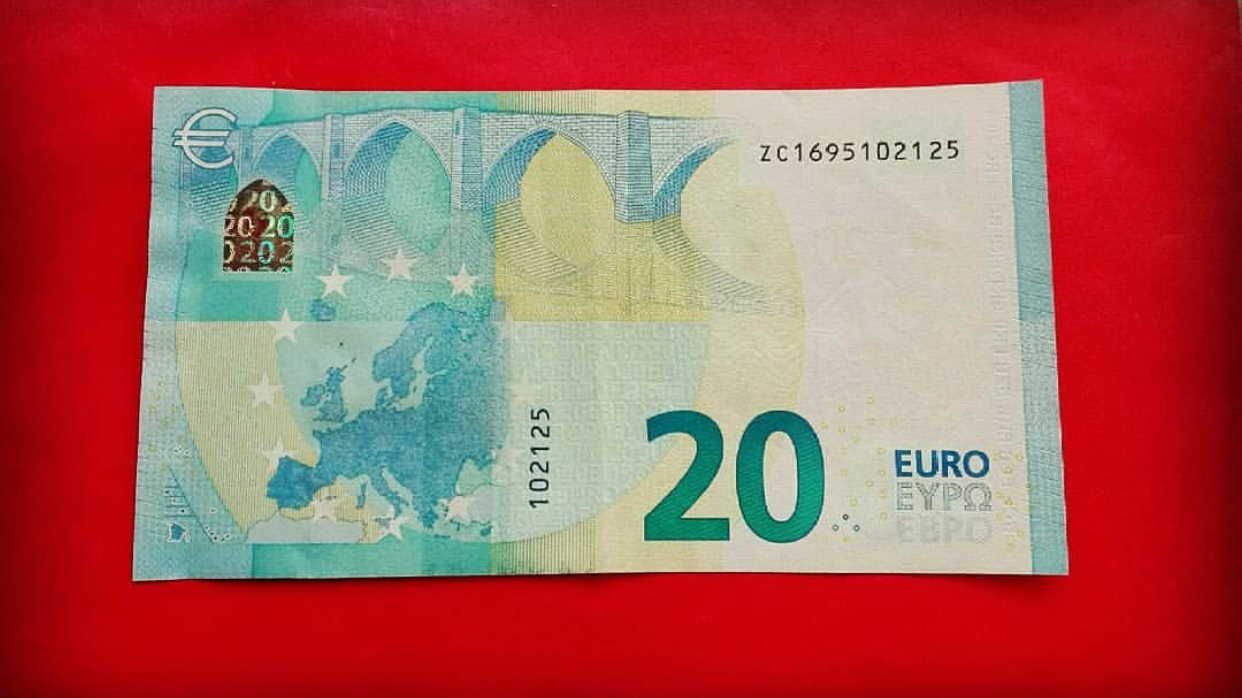
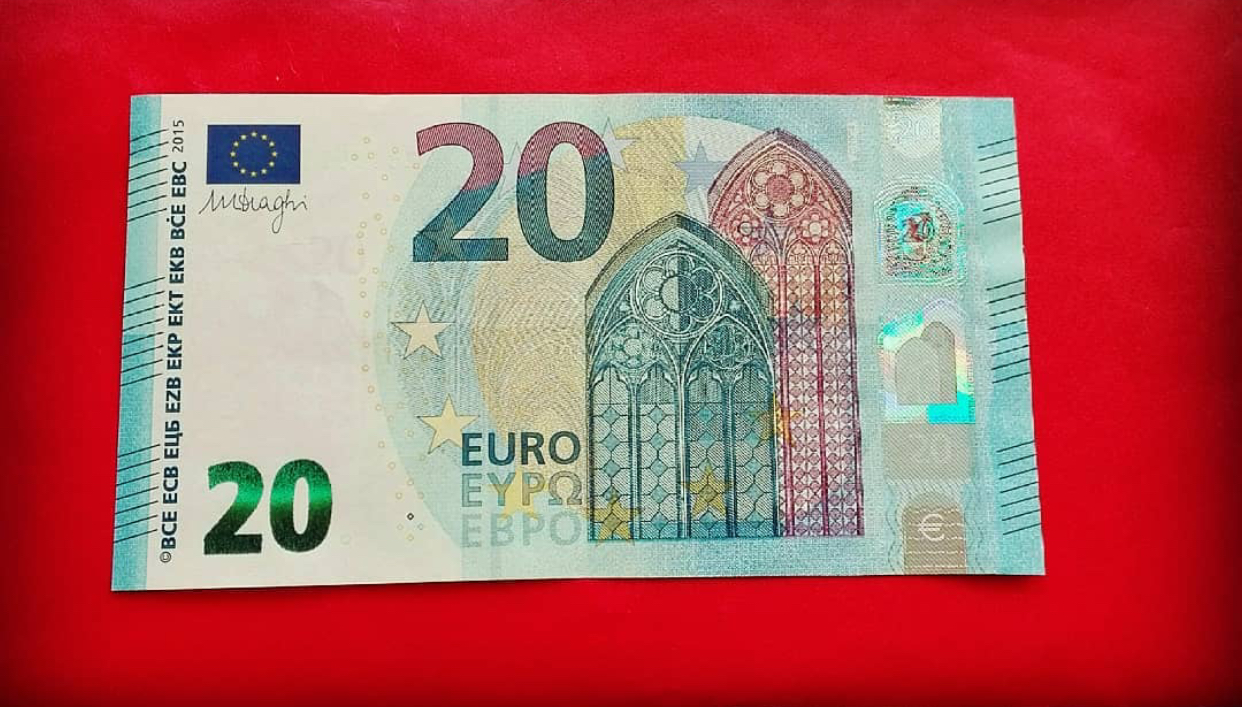
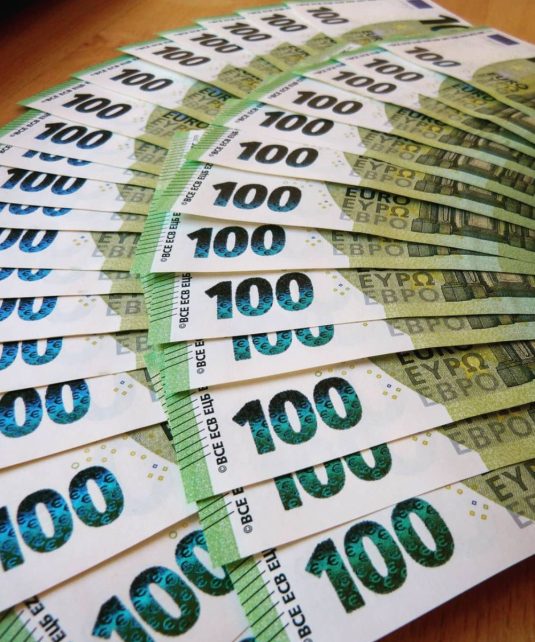
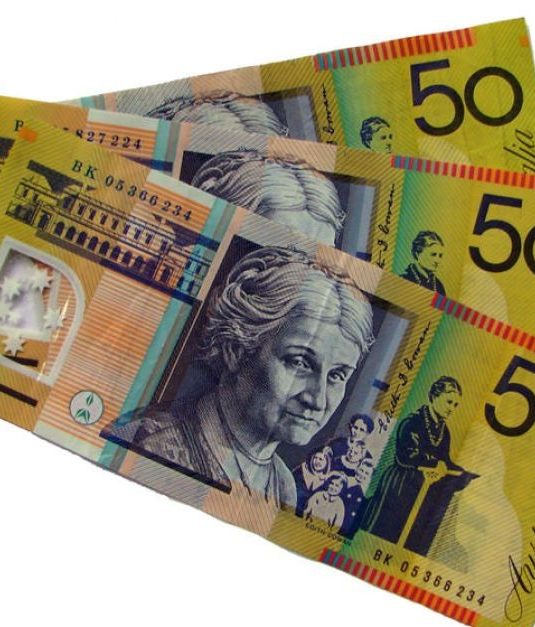

There are no reviews yet.